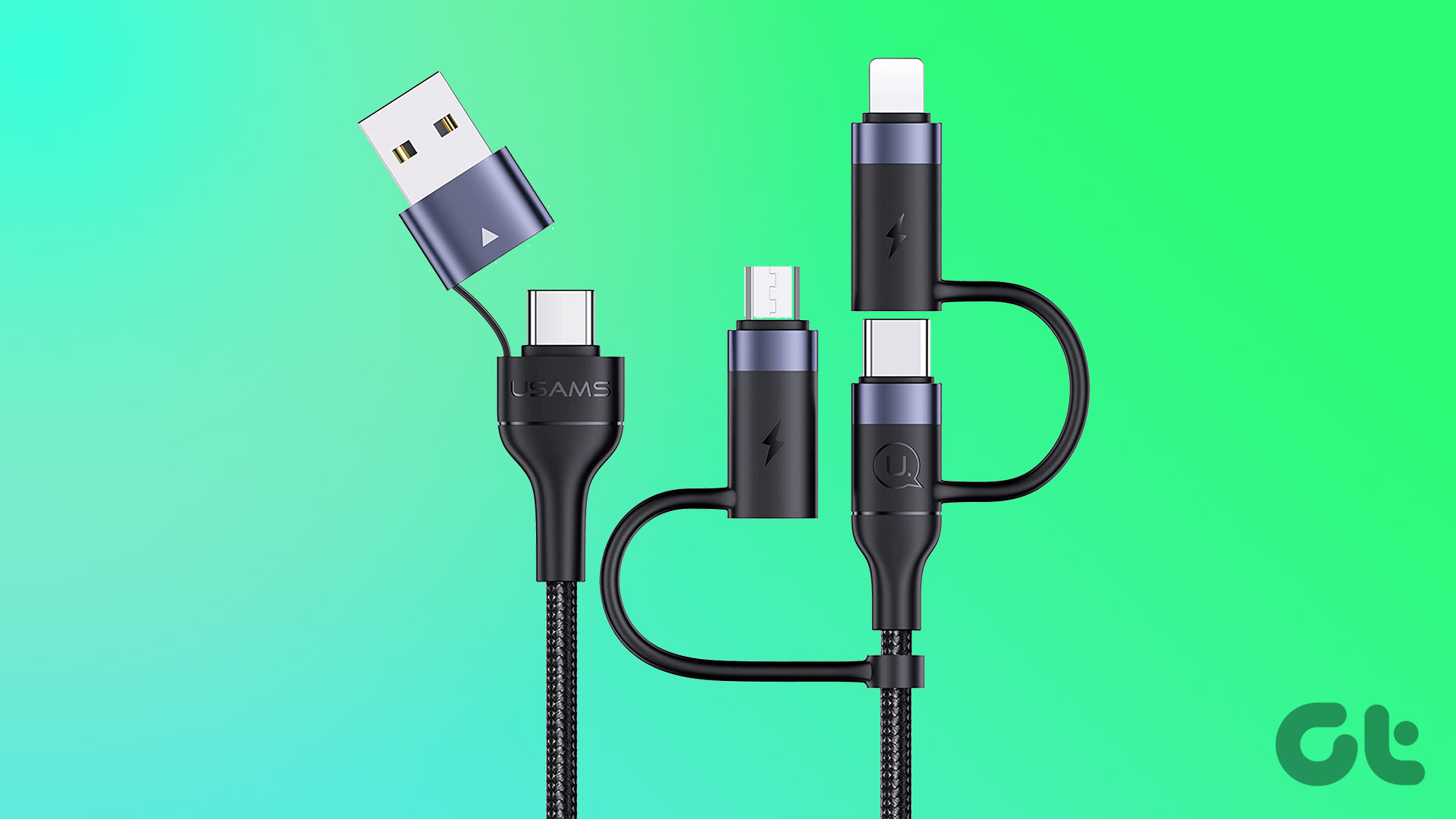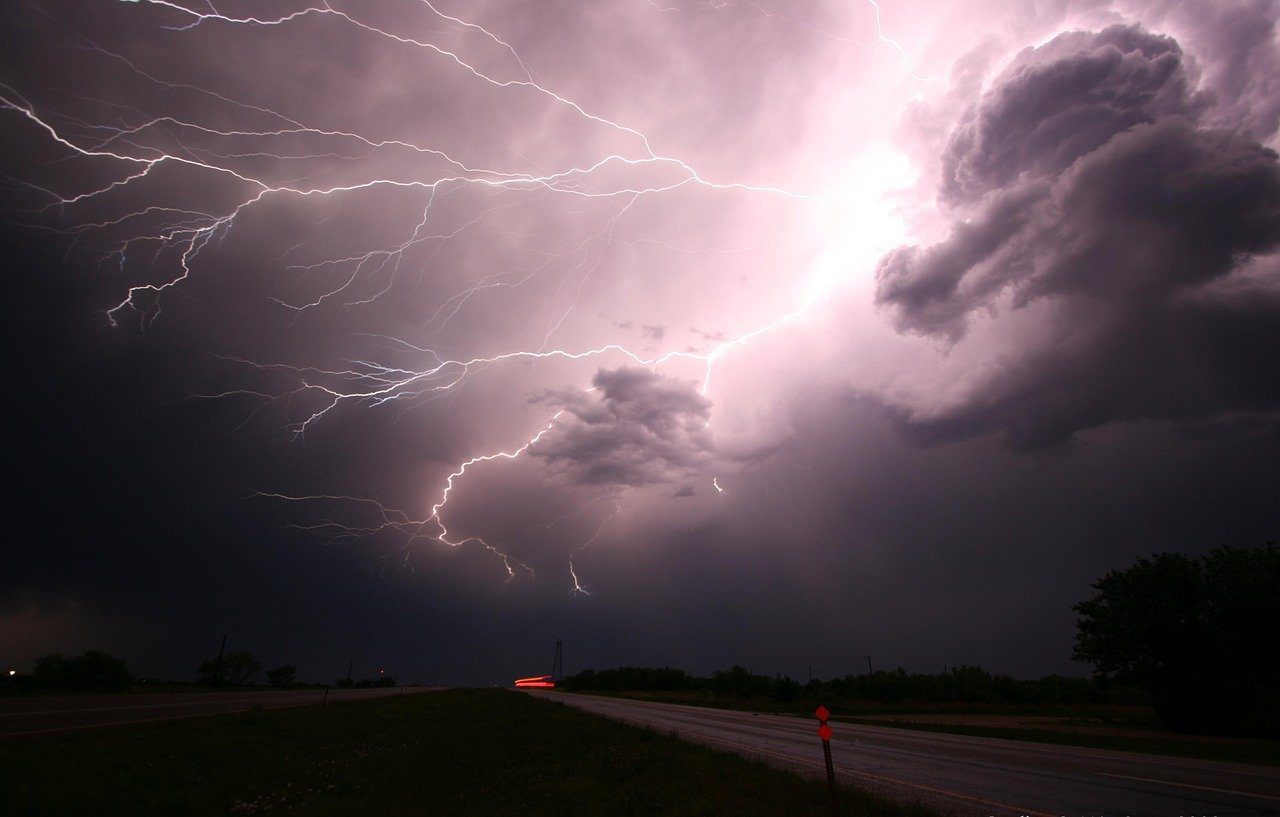In this guide, we shall take a closer look at the different levels of EV charging and what they mean for EV owners. Specifically, we’ll take a deeper dive into Level 1, Level 2, and Level 3 charging, their charging speeds, and where they are commonly found. So let’s start off by talking about the various levels of charging itself.
Different Levels of Electric Vehicle Charging
First and foremost, you should know that there are three levels of EV charging technology aptly dubbed Level 1, Level 2, and Level 3. As you might have guessed by now, the higher the ‘level’ of charging, the more power it overturns. As a result, the charger will consume more power, while also being able to charge your vehicle faster. That being said, it is not as simple as saying that you should directly plug a Level 3 charger into your vehicle. It’s important to understand that different EVs charge differently since each EV can accept only a different level of power from the EVSE (Electric Vehicle Supply Equipment). As a consumer, however, you do not need to worry much. At any given point, the EV itself will determine the amount of power to accept while charging. As such, you don’t need to worry about plugging your EV into a charging station that can deliver more power than it can handle.
Level 1 EV Chargers
With the basics out of the way, let’s take a closer look at the various levels of EV charging, starting off with Level 1 charging. A Level 1 EV charger provides anywhere between 1 kW to 1.8 kW of power via a standard 120-volt AC outlet. Since it works on a lower power standard, Level 1 charging is only available in North America as Europe has a standard 230-volt power supply for residential purposes. Since we’re on the subject, Level 1 EV chargers use a three-prong household plug on one end, with a standard J1772 (Type 1) EV connector on the other. Understandably, the charging speed is the slowest across the board, with a Level 1 EV charger delivering roughly two to five miles of range per hour of charging. As such, it can easily take over 20 hours to fully charge an EV with a larger battery. As a result, Level 1 EV chargers are best suited for EV owners who do not drive long distances on a regular basis. They can also be used as trickle or backup chargers thanks to their easy compatibility. In fact, most brands usually provide them for free with their EVs. However, these chargers are not practical for daily usage.
Level 2 EV Chargers
Moving on, let’s take a look at the most common EV charging technology for homeowners – that being Level 2 EV charging. A typical EV Level 2 Charger can provide between 3 kW to 22 kW of output power. In North America, Level 2 charging typically uses a 240-volt outlet, and makes use of the standard J1772 (Type 1) EV connector. In contrast, the common power outlet for Level 2 charging in Europe is the Type 2 Mennekes connector, which delivers power at 230 volts. Thanks to the enhanced power throughput, Level 2 chargers can supply 10 to 75 miles of range per hour. As a result, it would take anywhere from 2-13 hours to juice up a standard EV battery of 40 kWh capacity. Apart from residential areas, Level 2 chargers are also commonly found in public locations such as hotels, supermarkets, or even some workplaces.
Level 3 EV Chargers
Finally, let’s talk about Level 3 chargers, which make up the fastest form of EV charging tech available right now. This is also commonly referred to as DC charging. The reason is, contrary to Level 1 and Level 2 chargers which provide AC power to the EV, a Level 3 charger converts AC to DC within the charger itself. As a result, Level 3 chargers can feed power at a faster rate directly to the battery. With a typical output power of anywhere between 30 kW to a whopping 360 kW, an EV Level 3 charger can provide up to 1400 miles per hour (dependent on the EV’s charge acceptance rate). Consequently, you can fully charge a standard electric car in under 20 minutes. For such a massive output, you also require greater input. A Level 3 charging station makes use of a 480-volt power supply in North America and 400-volt in Europe. This also puts a heavy load on the power grid, not to forget the high costs pertaining to installing one in place. As a result, Level 3 chargers are only found in public service stations or any place where people can park for short periods. They also use a different type of connector than Level 1 and Level 2 chargers. In North America, there’s the CCS connector, while in Europe you have either CCS or Type 2 connector with additional DC charging pins. Finally, in Japan, the CHAdeMO connector is the most common for Level 3 charging.
Level 1 vs Level 2 vs Level 3 Charging
All of that might seem a bit too technical, right? Let us quickly summarize and compare Level 1 vs Level 2 vs Level 3 EV charging.
Charge Your Car with Ease
In the end, understanding the different levels of EV charging is crucial for all EV owners. Ultimately, the choice of charging level will depend on the driving needs, budget, and accessibility of charging stations for each EV owner. However, it is clear that for most folks, Level 2 chargers are ideal for home usage, while Level 1 chargers are only intended as backup chargers. With that clear, if you are on the hunt for a Level 2 EV charger for your home, you can check out the best Level 2 EV Chargers here. The above article may contain affiliate links which help support Guiding Tech. However, it does not affect our editorial integrity. The content remains unbiased and authentic.















